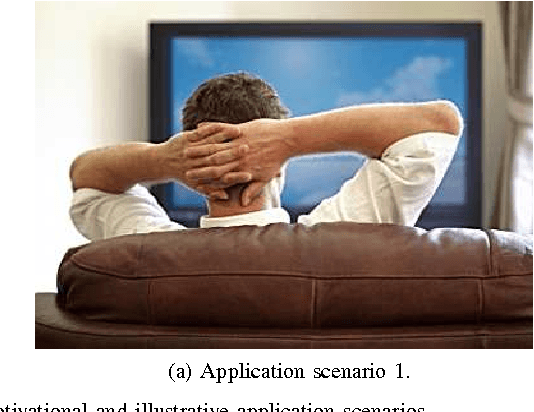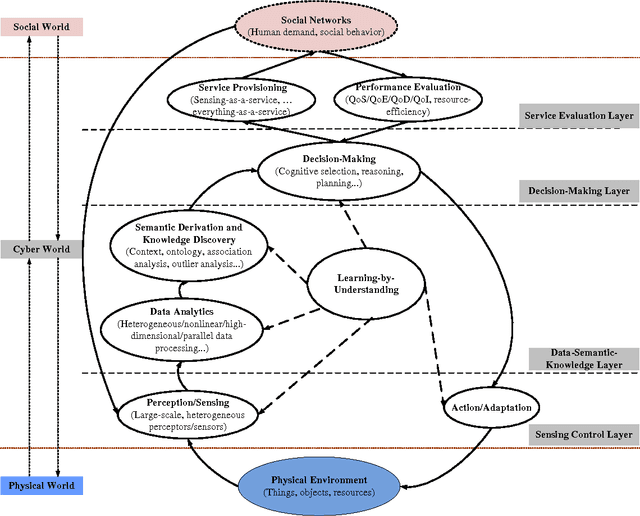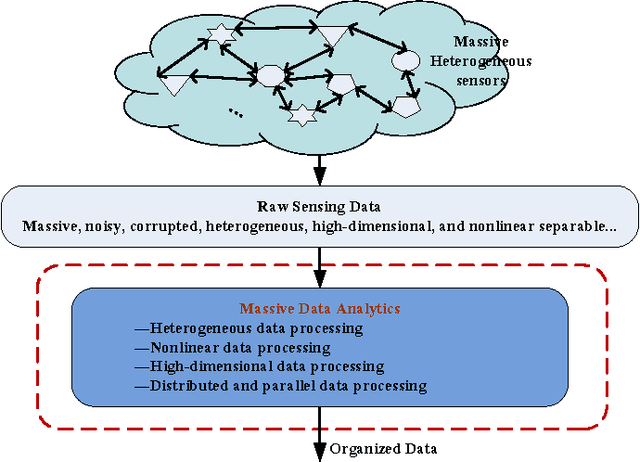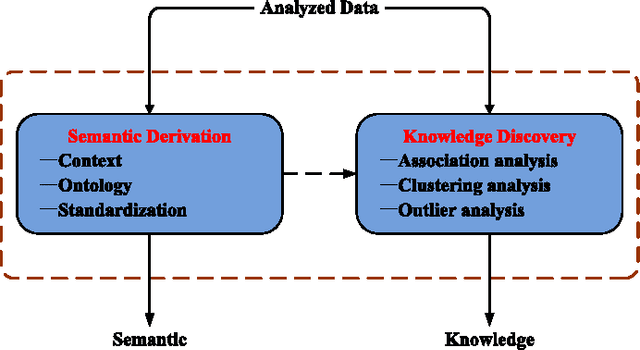Cognitive Internet of Things: A New Paradigm beyond Connection
Paper and Code
Mar 11, 2014



Current research on Internet of Things (IoT) mainly focuses on how to enable general objects to see, hear, and smell the physical world for themselves, and make them connected to share the observations. In this paper, we argue that only connected is not enough, beyond that, general objects should have the capability to learn, think, and understand both physical and social worlds by themselves. This practical need impels us to develop a new paradigm, named Cognitive Internet of Things (CIoT), to empower the current IoT with a `brain' for high-level intelligence. Specifically, we first present a comprehensive definition for CIoT, primarily inspired by the effectiveness of human cognition. Then, we propose an operational framework of CIoT, which mainly characterizes the interactions among five fundamental cognitive tasks: perception-action cycle, massive data analytics, semantic derivation and knowledge discovery, intelligent decision-making, and on-demand service provisioning. Furthermore, we provide a systematic tutorial on key enabling techniques involved in the cognitive tasks. In addition, we also discuss the design of proper performance metrics on evaluating the enabling techniques. Last but not least, we present the research challenges and open issues ahead. Building on the present work and potentially fruitful future studies, CIoT has the capability to bridge the physical world (with objects, resources, etc.) and the social world (with human demand, social behavior, etc.), and enhance smart resource allocation, automatic network operation, and intelligent service provisioning.
 Add to Chrome
Add to Chrome Add to Firefox
Add to Firefox Add to Edge
Add to Edge